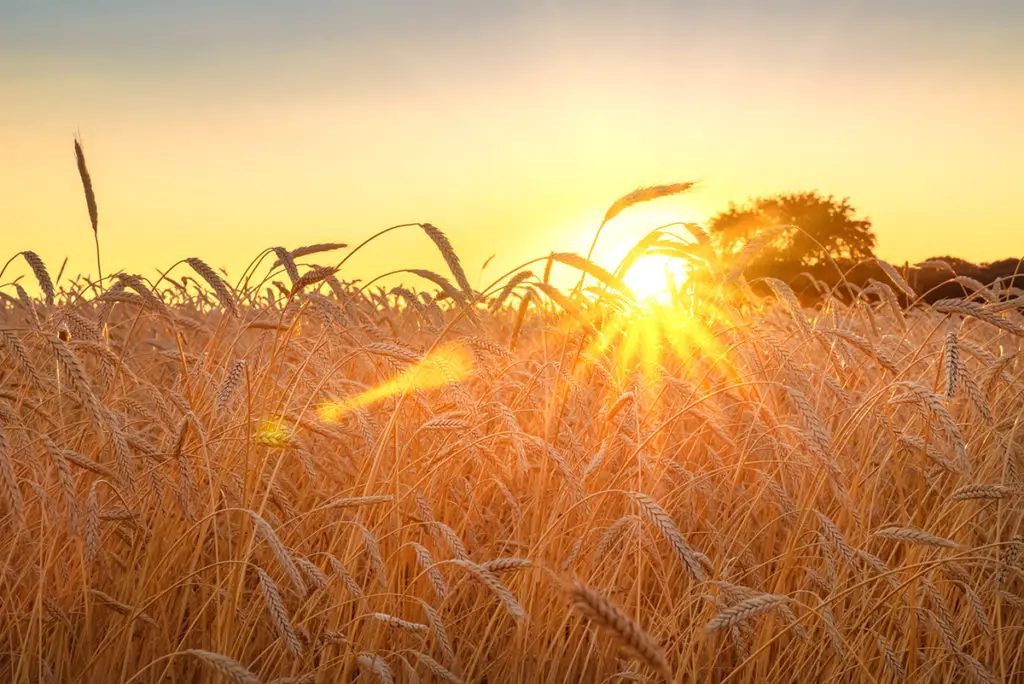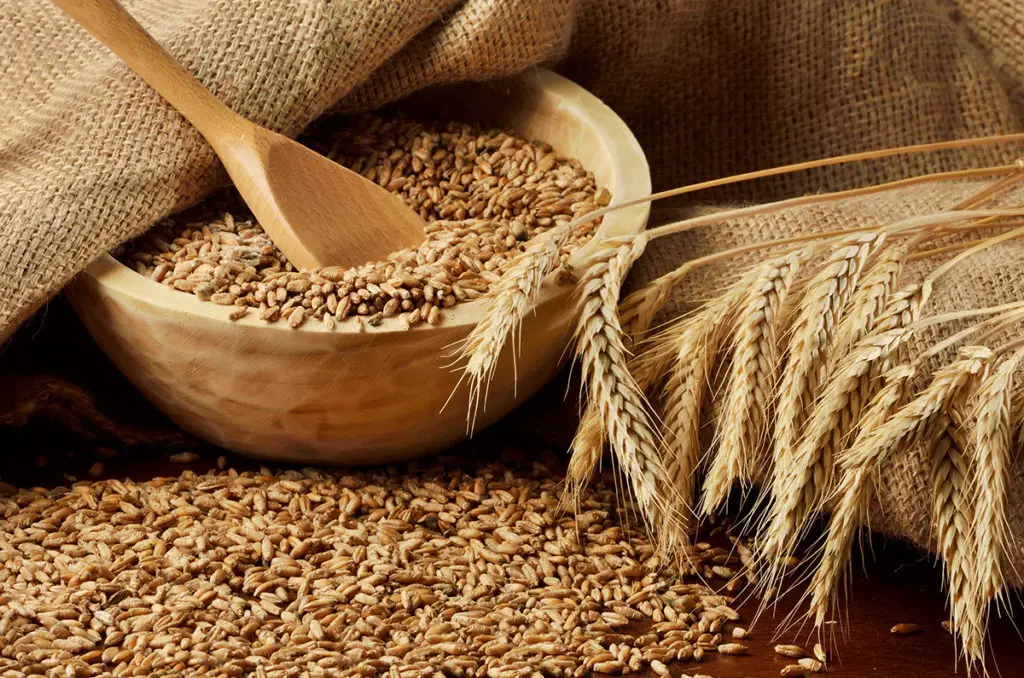Planting barely can be very exciting because of the health benefits and overall ease of care for barley plants. It can be even more exciting, however, if you’re growing barley to use in your homebrew beer or other alcohol production. But if you’re growing your own barley, you’ll need to know when to harvest it.
The best time to harvest barley depends on when you planted it. Spring-planted barley is better to harvest in the summer, but fall-planted barley is best harvested in the spring. It can also change depending on what species of barley you are planting.
Barley is a nutritious and excellent crop to cultivate. Read on for all kinds of information about harvesting barley and its uses.
Harvesting Barley
Harvesting and preparing barley is a relatively straightforward process. If you are cultivating a home garden, you don’t need fancy equipment, and it won’t take a lot of time. You can also easily prepare the grains for later consumption.
Let’s take a quick look at the different factors involved in harvesting barley.
When Is Barley Harvested?
Depending on the time of year when you planted barley, you have a different time to harvest it.

BEER DROP: Boxes of beer from Award-winning microbreweries → Join The Club
You can plant barley in either fall or spring. These will yield at different harvesting times, and you need to think about that before you sow the barley seed.
If you aren’t available to harvest it at the time it’s ripe, you shouldn’t plant it at certain times.
Planting barley in fall means that you have to wait until spring to harvest the grains. It will need time to germinate and stay underground through the winter. This can have certain benefits, but you risk losing some of your seed to the cold.
Ideally, you’ll see barley sprouting about sixty days after spring starts if you’ve planted in fall. However, if you plant in the spring, you can expect to see a return on your planting after 60 to 70 days.
Methods of Harvesting Barley
The method of harvesting barley depends on the amount of barley that you’ve grown. The larger your barley yields, the larger the tools you’ll need to harvest your crop.
The largest commercial fields require motorized mechanical harvesters.
You can use a scythe or sickle for small homegrown barley production and hand-cut the barley stalks, which is the most efficient method and the simplest. You can buy either of these tools at most stores with a gardening section.
If you harvest by hand, make sure you wear protective gloves, coveralls, and long shirts and pants. The fine fibers of the barley grain stalks can cause skin irritation and other hay fever symptoms.
Wearing protective clothing can keep you safe from other hazards as well.
You might also want to wear a face mask, so you aren’t breathing in the stalk bits or excess pollen. An N95 style mask or other work PPE should be enough to keep you safe and allergy-free.
Selecting The Best Barley Grains

Once you’ve harvested the barley, all that’s left to do is dry the grain and get it ready for use. However, you need to sort through your harvest first and pick the best grains.
If you are growing barley for personal use, you can determine your standards for the grain. Sift through the dried grains and remove any rotten or damaged kernels. Once you’ve done this, you should let the barley dry in shocks.
However, if you want to harvest barley for personal alcohol production or sell it, you need to sift with different standards.
Many breweries and buyers have specific standards. All the grains must be golden brown, with no blemishes or other impurities. They may need to be a certain level of cleanliness and have the stalks intact.
The barley needs to look a certain way to give beer its trademark color. Impurities and diseased grains pose not only a health risk but can also change the beer or liquor’s appearance. Remove the worst-looking stalks and dispose of them.
Drying barley should be done evenly, so the moisture isn’t completely sucked out of some grains over others. Spread the stalks out over your drying space and run a fan to speed up the process.
Again, you don’t want the grains to lose too much moisture content. If it’s completely dry and brittle, you’ll lose the crop, and therefore lose all of its usefulness. The kernels will be rock hard and inedible.
Uses for Harvested Barley

Choosing to plant a barley crop is an excellent choice for any farmer, commercial, or backyard operation. It is simple to grow and yield a large barley harvest, but it can be hard to know what to do with all of the resulting grain.
Barley is very healthy for you and a great source of protein and fiber. Not only that, but farmers can use barley to supplement animal diets, and brewers can use homegrown barley to make different types of alcohol.
Barley For Food
Barley was one of the first cereal grains cultivated by humans in Mesopotamia and was primarily used as a food source, and it has been continuously growing for over 10,000 years.
It is one of the two oldest grains, the other being wheat.
You can use barley as a flour alternative. This is an excellent choice for anyone who can’t have wheat flour or wants an alternative to other grains.
You could even steam the barley grains and eat them directly.
You can also use barley as a supplement for livestock feed. This is the most common use for barley today. Barley is mixed with several other types of grains to make fodder and fed to livestock.
However, one of the most popular uses for barley is brewing alcohol.
Barley For Beer and Alcohol Production
One of the primary uses for barley is in alcohol production. Not only is barley the primary ingredient in beer, but high-grade barley can be perfect for other, harder liquors. Specifically, barley is used in beer or liquors in the whiskey family.
Malt alcohol drinks are made with malted barley as well.
Growing your own barley is excellent for home alcohol production, especially if you are brewing beer or distilling hard liquor. Barley can be hard to find in specific regions, and if you grow it yourself, you’ll always have the freshest ingredients at your disposal.
If you grow your barley at home, you can control every aspect of the growing process. You can choose to use pesticides or not and determine what specific barley varieties you want to cultivate.
All of these things can change the way your home alcohol tastes, looks, and ferments. This is why you need to choose a type of barley carefully.
Final Thoughts
Growing barley and harvesting it doesn’t have to be complicated for the backyard farmer. You can use this grain to supplement your animals’ diets, your diet, and most importantly, brew your own alcoholic drinks.
